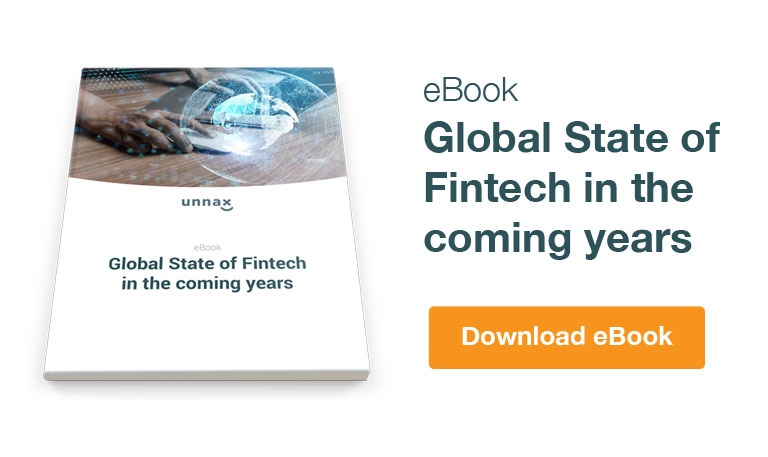When a new business category appears, it is common for the lack of regulation (laws and directives tend to lag behind fait accompli) to lead to doubts, or mistrust, among consumers. In this article we are going to talk about the Fintech sector and the prevention in the competition and administration. This is what we are seeing now, with the evolution of what is known as the “collaborative economy”: new vehicle-hire service providers, new holiday accommodations, etc.
When the sector in question is associated with an activity as sensitive as finance, this mistrust grows. And so do the risks that clients may be exposed to. Since FinTech companies appeared (with their new financial services and new ways of offering some services that already existed), there has been a desire to ensure that opening up the sector doesn’t lead to a loss of security for companies and consumers.
Satisfying clients without taking on greater risk
One of the ways we have moved towards secure implementation of new financial services and companies has been through “self-regulation”, with good practices. Word of mouth, which has always been a powerful marketing tool, is even more important today, as companies and brands spread the word and build their reputations online and on social media. At the same time, the advancing technology that has made the new FinTech companies possible is the same technology that is being used to create powerful fraud-prevention tools. Technology like big data and blockchain is being used for security and to prevent crime.
What is clear is that consumers today (at least an important part of them) aren’t willing to turn their backs on a digital experience with value added that puts them at the centre of the whole process and gives them what they need, when they need it.
PSD2: new fraud-prevention measures for the Fintech sector
We were saying that laws often lag behind the unstoppable advance of reality. However, in the case of the FinTech revolution, the European Union hasn’t waited long to launch new regulations for the financial sector; one taking into account these new realities. With the new payments directive (PSD2), the EU objective is twofold: first, to promote the new digital economy in the financial sector; and, second, to reinforce measures geared towards ensuring the security of all processes, including real-time payments.
Just as new tools to prevent money laundering had already been implemented in the financial sector (like those to identify consumers and changes in their financial behaviour using KYC), PSD2 fights fraud with measures like strong consumer authentication (SCA).
Technology for security: Fintech
PSD2 covers some situations that, in different ways, were already occurring; for example, the actions carried out by some FinTech firms, now called third-party providers (TPPs). Nevertheless, the new regulation is imposing (it went into force in January and some issues are still being nailed down) clearer and more secure rules of the game for everyone. At the same time, it is also providing fertile ground for the growth of this segment of the economy. So, banks tend to allow access to their infrastructure (through open APIs) to two types of TTPs: AISPs (Account Information Service Providers) and PISPs (Payment Initiation Service Providers). Both the former (which collect information from clients’ accounts at financial institutions) and the latter (which can initiate payment on behalf of their clients) must have authorisation from the consumer.
How will identity fraud be prevented now that new players are being given access to financial data in a sector that, moreover, had always been very closed? One of the methods that will contribute most to ensuring security is SCA, which we mentioned above. This authentication method will require consumers to provide at least two of three means of identification: something they know (like a code), something that belongs to them (like a card or a mobile), and something that is part of them (a fingerprint or iris scan).
Companies that use FinTech APIs to provide services to their clients (for example online shopping, although there are many other possibilities) will be more secure thanks to secure client authentication, as well as identification of risks in real time.
At Unnax, we have experience in balancing the creation and distribution of technology tools for financial services with the security of our clients and end consumers. Want to accompany us on this road full of opportunities?








